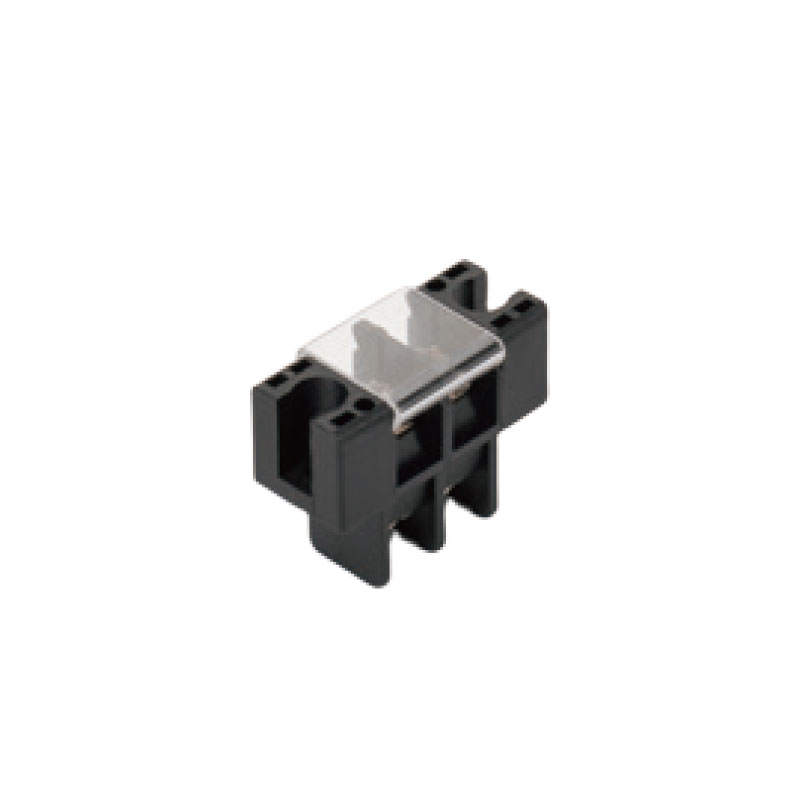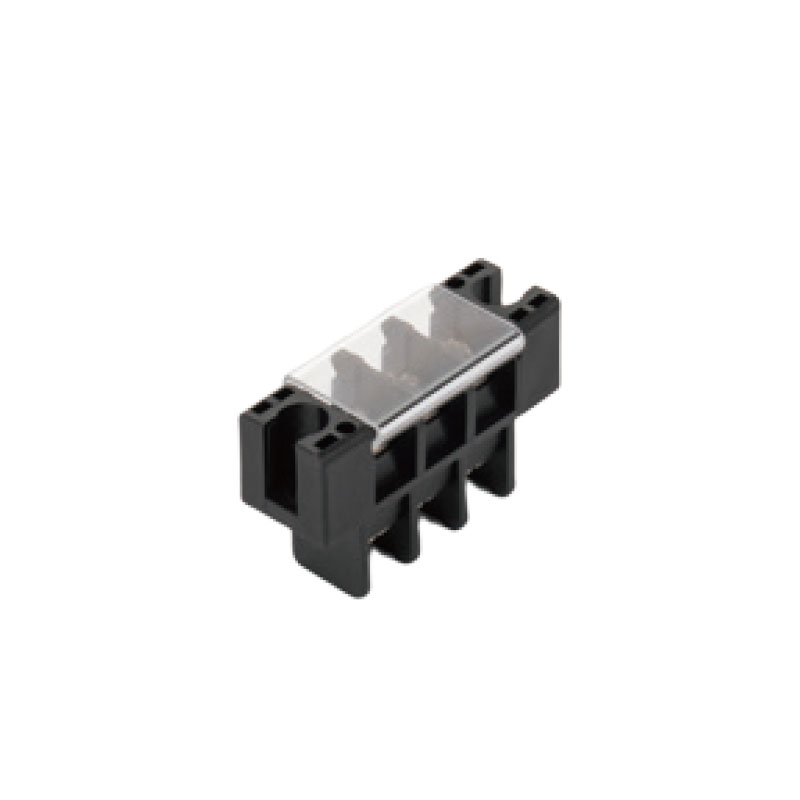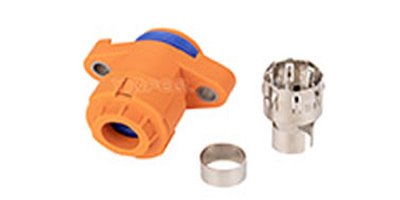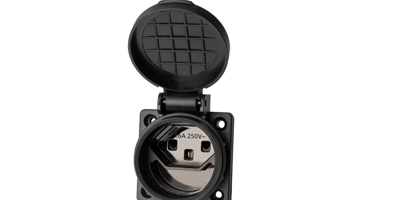Before we start, we need to understand what Terminal Block is? Terminal Block is an electronic component that connects wires together. It mainly consists of conductors, insulators, nuts and terminals, which work together to connect, disconnect or transfer circuits.
The model and specifications of Terminal Block are usually determined by multiple factors, including current, voltage, wire cross-sectional area, installation method, protection level and special functional requirements. The following is a specific analysis of these factors:
I. Current and voltage

1. Rated current: The rated current of Terminal Block refers to the maximum current value that it can safely carry. When selecting the model and specification, it should be determined according to the current size in the actual circuit to ensure that it does not exceed the rated current value of Terminal Block.
2. Rated voltage: The rated voltage refers to the maximum voltage value at which Terminal Block can work safely. Similarly, the voltage size in the circuit should be considered when selecting to ensure that it does not exceed the rated voltage value of Terminal Block.
II. Wire cross-sectional area

The specifications of Terminal Block usually also include the range of wire cross-sectional areas that it can accept. When selecting, it should be determined according to the actual cross-sectional area of the wire used to ensure that the wire can be tightly inserted and fixed in the terminal to avoid poor connection or looseness.
Ⅲ. Installation method
The installation method of the Terminal Block is also an important factor to be considered when selecting models and specifications. Common installation methods include screw connection, push-in connection, spring clamp connection, etc. The most suitable installation method should be selected according to actual needs and installation environment.
Ⅳ. Protection level
The protection level refers to the protection ability of the Terminal Block against the external environment. It is usually expressed by IP level, such as IP20, IP67, etc. When selecting, the appropriate protection level should be determined according to the actual working environment and protection needs.
Ⅴ. Special functional requirements
In addition to the above basic factors, the Terminal Block may also have some special functional requirements, such as with fuse holder, indicator light, grounding device, etc. When selecting models and specifications, it should be determined whether these special functions are needed according to actual needs.
In summary, the selection of models and specifications of Terminal Block is a process of comprehensive consideration of multiple factors. When selecting, the actual needs and working environment should be carefully analyzed to ensure that the selected Terminal Block can meet the safety, reliability and stability requirements of the circuit connection.






